Art of Glass
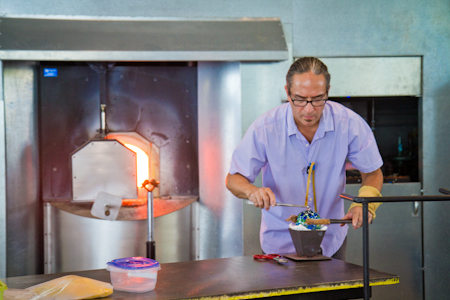 Toledo, Ohio, has never been hotter. And there’s no place where that is more evident than at the glass-blowing studio at the Toledo Museum of Art’s Glass Pavilion, where the ovens are cranked up to 2,000 degrees Fahrenheit.
Toledo, Ohio, has never been hotter. And there’s no place where that is more evident than at the glass-blowing studio at the Toledo Museum of Art’s Glass Pavilion, where the ovens are cranked up to 2,000 degrees Fahrenheit.
Each day, the resident artisans shape molten glass into beautiful works of art in front of crowds of museum visitors. Master Instructor Leonard Marty completes a glass vase in less than 30 minutes to the amazement of seven-year-old Olivia Krueger of Monroe, Michigan.
“That was cool,” she exclaims as Marty removes the vessel from the end of a long pipe. Olivia, an aspiring artist, will have to wait a few more years before she can try her hand at this art form. Marty recommends children be at least 14 before taking one of the several glass-blowing classes offered at the museum, including one-day workshops for out-of-town visitors.
When it comes to glass making, Toledo is ground zero. It was here, in 1888, that Edward Drummond Libbey founded the Libbey Glass Company and laid the foundation for Toledo to become the “Glass Capital of the World.” And fifty years ago, the Studio Glass Movement was born at the 1962 Toledo Workshops, a glass seminar series at the Toledo Museum of Art taught by New York native Harvey Littleton, who was interested in elevating glass to an art form and freeing it from the factory. Participants in that first workshop received three credits from the University of Toledo, making it the first studio glass course offered at the college level.
To celebrate the 50th anniversary of the Studio Glass Movement, the Toledo Museum of Art has curated an exhibit called “Color Ignited: Glass 1962-2012,” located in the all-new Wolfe Gallery for Contemporary Art. The exhibition, now in its final days, highlights the role of color—from the conceptual to the political to the metaphoric—in the art of those who choose glass as their medium. Artists include Harvey Littleton, Marvin Lipofsky, Dominick Labino, Dale Chihuly, Dan Dailey, Judith Schaechter, Ginny Ruffner, Dan Flavin, Fritz Dreisbach and Klaus Moje. The show will be on display through September 9, 2012, and features nearly 100 objects from public and private collections.
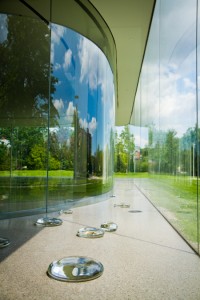 In honor of the anniversary, the museum has acquired three new works of art: Colorbox II (2007) by Japanese sculptor Jun Kaneko, Twilight Powered by Electricity Makes for a Brilliant New Horizon (2012) by emerging artist Andrew Erdos and Dew Point 18 (2007) by Ohio native Maya Lin. The first two are on display in the main museum, while Maya Lin’s work can be found across the street at the Glass Pavilion.
In honor of the anniversary, the museum has acquired three new works of art: Colorbox II (2007) by Japanese sculptor Jun Kaneko, Twilight Powered by Electricity Makes for a Brilliant New Horizon (2012) by emerging artist Andrew Erdos and Dew Point 18 (2007) by Ohio native Maya Lin. The first two are on display in the main museum, while Maya Lin’s work can be found across the street at the Glass Pavilion.
Dew Point 18, made from blown colorless glass, gives the impression of large drops of water collecting on the ground. Lin exploits glass’s ability to suggest the appearance of liquid. The artist, who perhaps is best known for designing the Vietnam Veterans Memorial in Washington, D.C., focuses on the emotions a space might evoke and what her work can symbolize to the viewer. The large floor installation, made up of 18 elements, is unusual in that most of her landscape installations are site specific.
“Her use of glass as a metaphor for water resonates with the fluid design of the Glass Pavilion—obscuring the boundaries between the outside world and interior spaces—and seemed a particularly fitting choice,” says Jutta-Annette Page, curator of glass and decorative arts at TMA. “We are thrilled to add a work by this renowned architect and environmental sculptor to the collection.”
Want to try your hand at glassmaking? The Glass Pavilion offers glass classes and workshops throughout the year. And if you can’t make it to Toledo, there are events and celebrations for the 50th anniversary of studio glass being held all over the United States. For upcoming events in your area, visit the website of the Art Alliance for Contemporary Glass. Glassblowing, anyone?
Toledo Museum of Art
2445 Monroe St., Toledo, OH; 419-255-8000; toledomuseum.org
Closed Mondays

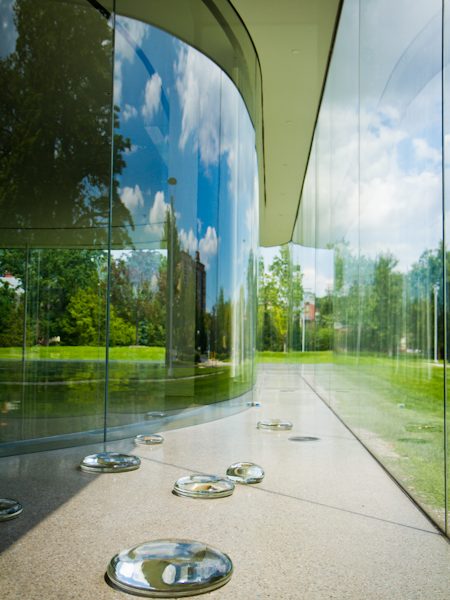
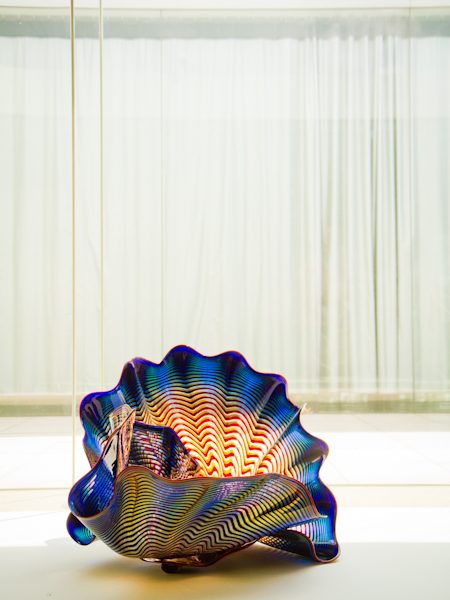
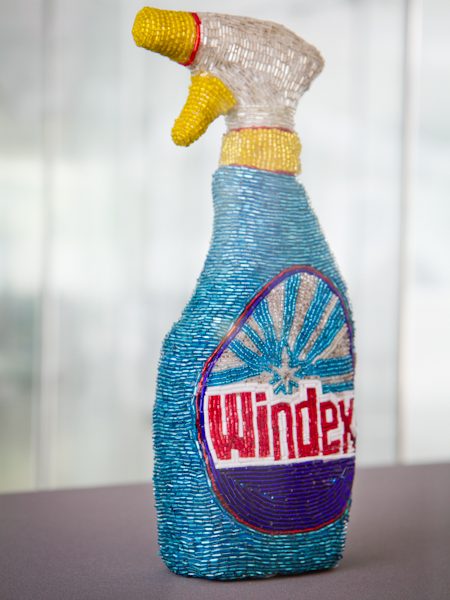
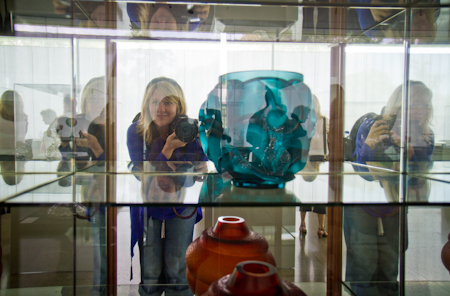
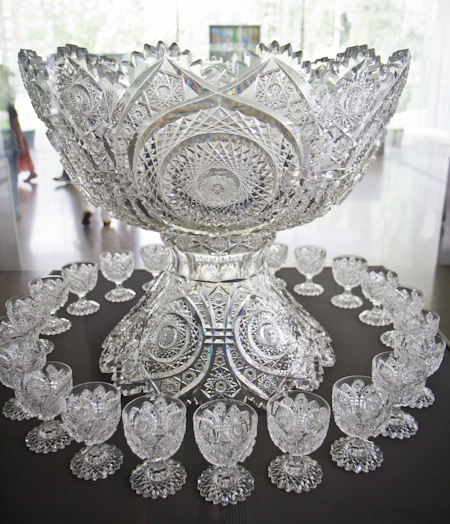
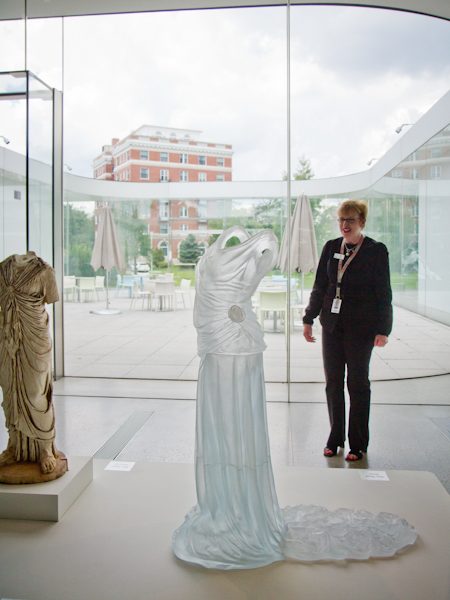
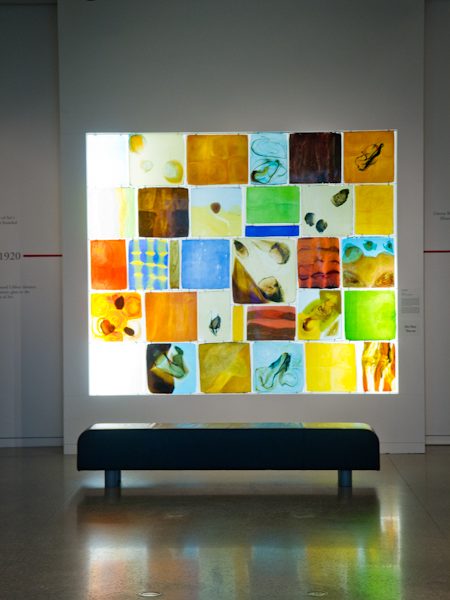
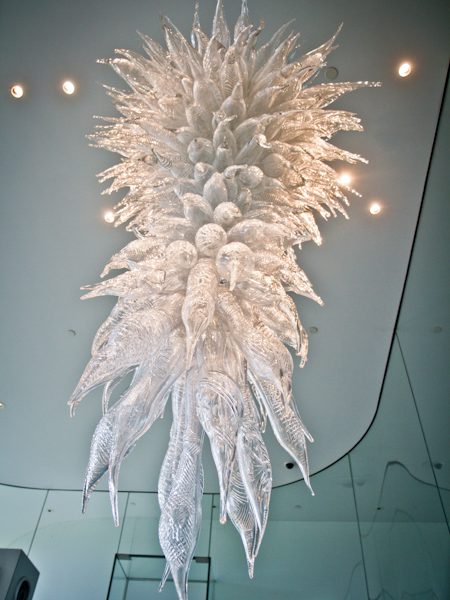
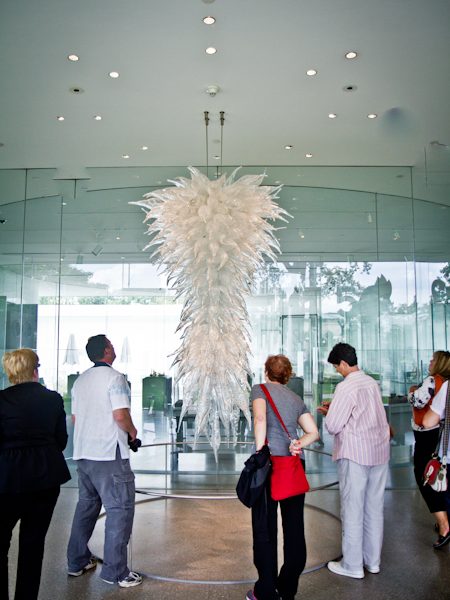
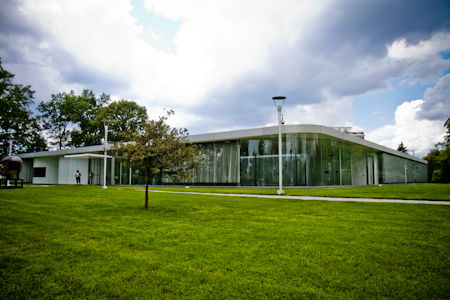
Write a Reply or Comment